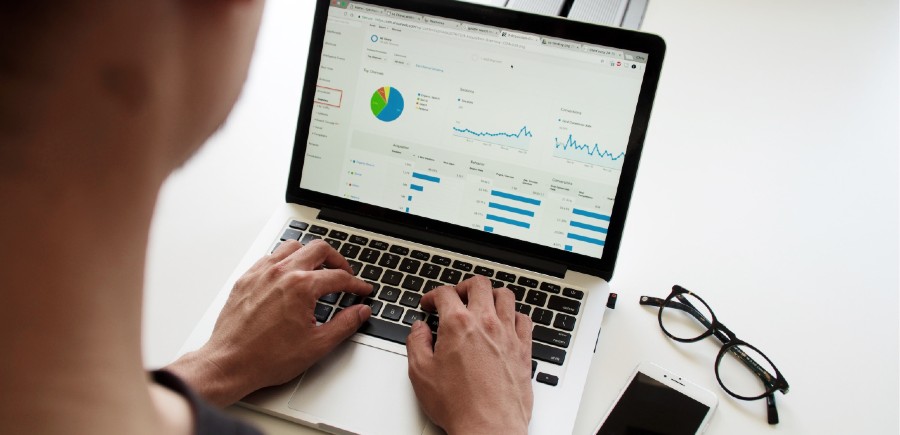not featured
2023-05-04
Financial Literacy
published
Developing a Budget
A budget is a plan that guides how you spend your money each month. Making a budget can help you prevent running out of money and help you save money for an emergency fund or to achieve specific goals.
How do I make a budget?
Download our Monthly Budget Worksheet
Step 1: Write down your expenses
To get started in creating a budget, first write down your expenses in your budget worksheet. Expenses are anything that you spend money on. These include:
- Bills that are the same each month, like your phone, rent, mortgage, or car payment.
- Bills that change each month, like utilities (electric, internet, phones, etc.)
- Bills that you only pay once or twice a year, like car insurance (divide the annual expense by 12 to come up with the monthly expense for your budget).
- Other expenses like: clothes, food, activities, entertainment, gas, school supplies, unplanned expenses (car repairs, medical bills, etc.), credit card bills, prescriptions, and gifts.
Add up your monthly bills and expenses to come up with a total for your expenses.
Step 2: Write down your income
Once you’ve itemized your expenses, write down how much money you make. Include your paycheck (after taxes) and any other money you receive consistently, like child support. If you receive tips at your job, write down the average amount you receive (it is best to underestimate if you aren’t sure). Total up these items to determine your income.
Step 3: Subtract your income from your expenses
Now, subtract your total expenses from your income. Hopefully this number is more than zero. If not, look at your expenses to see what you do not necessarily need or what you could spend less on. For this step, you may need to identify which expenses are needs and which are wants.
Sometimes things that you initially feel are needs, are really wants if you think it over. And, sometimes there are alternative options that may help you fulfill your needs in a less expensive way.
Here are some examples that may help you determine needs versus wants and come up with some alternative options.
- You need new tires on your car, but a new set of tires will cost $600 and that expense would put you over budget for the month. An alternative option would be to check with a few tire shops in the area to see if buying a set of nice used tires is an option.
- Summer is here and you “need” some new clothes. You plan to go shopping but you notice that you don’t have any extra money in your budget to pay for clothes. Do you really need new clothes, or do you want them? If you actually have clothes to wear, this is really a want and should wait to be purchased when it fits in your budget. If you really don’t have any clothes to wear, see if there are any expenses on your current budget that you can reduce to free up some income for clothing. Then, seek out discounts and second-hand shops to find deals on only the clothing that you really need.
When it comes to budgeting for needs versus wants, sometimes you have to be willing to experience some short term pain (not having everything you want) for long term gain (covering all your needs, becoming financially stable, and obtaining big things that you really want).
If your income is more than your expenses, then you should have money left to save or spend - which is great news!
How do I use my budget?
At the beginning of the month, make a plan for how you will spend your money that month. Write down what you think you will earn and spend. Track what you spend each day by writing it down. At the end of the month, see if you spent what you planned. Use this information to help you plan the next month’s budget.
Emergency Fund
Unfortunately, things don’t always work out how we plan. Sometimes we’re faced with illnesses, injuries, accidents, layoffs, and more - no matter how cautious we are. If you don’t have a solid emergency fund, these unplanned events can quickly leave you with nothing. That’s why having an emergency fund is extremely important.
An emergency fund is money you set aside specifically for unexpected expenses and emergencies. Your emergency fund should have enough money in it to cover 3 months’ worth of expenses with no income. If you don’t already have an emergency fund, and you have money leftover after covering your needs at the end of the month, consider putting as much money as possible into a savings account for your emergency fund. Once your emergency fund is fully funded (you have 3 months of expenses covered), you don’t have to contribute more to this fund unless you use it.
Setting Goals
Once your emergency fund is established, then you can begin setting financial goals and saving to accomplish them. Here are a few tips to help you set realistic goals:
- Identify your goal.
- Use your budget and recent spending history to determine how much extra you will realistically be able to save toward this goal each month.
- Divide the goal by the amount that you will be able to save toward the goal each month to determine how many months it will take you to achieve your goal.
Here’s an example:
- You want to save $15,000 for a down payment to purchase a house.
- After reviewing your budget and spending from the past 6 months, you commit to saving $500 a month toward the down payment.
- 15,000/500 = 30, so it will take you 30 months (or 2.5 years: 30/12 = 2.5) to achieve your goal.
- If you’d like to purchase a house sooner than that, look at your budget to see what you could spend less on and use those savings to go toward your down payment savings also.
- Similarly, if you begin saving, but find that you don’t quite have $500 left over to save each month, adjust your goal accordingly.
Saving for a big purchase may been intimidating, but with the right planning (and sticking to that plan), you can achieve your goals.




